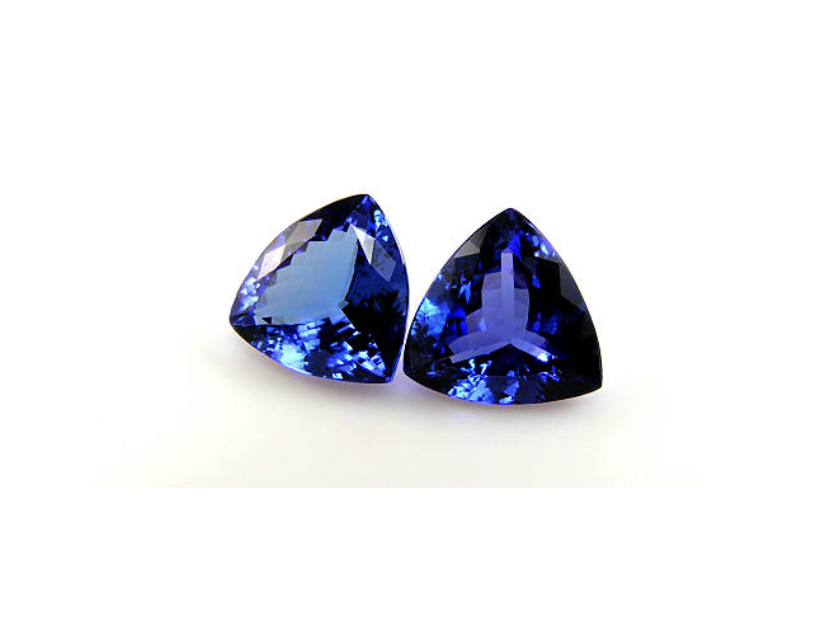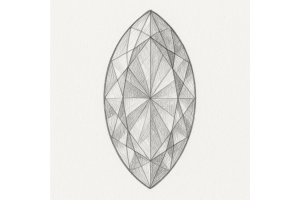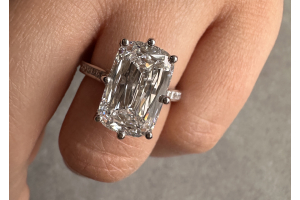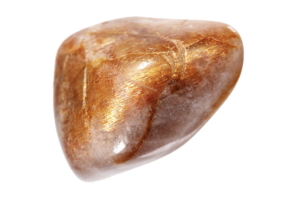GBP
/
GBP
/
Shipping to:
Currency:
Iolite vs Tanzanite: What’s the Difference Between These Stunning Gemstones?
When it comes to choosing between iolite and tanzanite, many jewellery enthusiasts find themselves puzzled.
Both gemstones exhibit captivating blue and violet hues, making them popular choices for various adornments.
However, despite their visual similarities, iolite and tanzanite differ significantly in origin, composition, durability, and value.
Let's delve into these distinctions to help you make an informed decision.
Origins and Discovery
Iolite has a rich history dating back centuries.
Historically, Viking navigators are believed to have used thin slices of iolite as polarising filters to locate the sun on overcast days, aiding their voyages across the Atlantic.
Today, iolite is primarily sourced from countries such as India, Sri Lanka, Brazil, and Madagascar.
Tanzanite, in contrast, is a relatively recent discovery.
Unearthed in the 1960s, this gemstone is found exclusively in the Merelani Hills near Mount Kilimanjaro in Tanzania.
Its limited geographic source contributes to its rarity and allure.
Colour Variations and Pleochroism
A striking feature of both gemstones is their pleochroism—the ability to display different colours when viewed from various angles.
Iolite typically exhibits shades ranging from violet-blue to greyish-blue.
Its pleochroic nature means it can also reveal hints of grey or colourless tones depending on the viewing direction.
Tanzanite showcases a colour spectrum from deep blue to violet and purplish tones.
High-quality tanzanite often displays a vibrant blue, especially after undergoing heat treatment to enhance its colour.
If you're captivated by such hues, you might want to check out blue sapphire engagement rings for a timeless choice.
Chemical Composition and Hardness
Understanding the composition and hardness of these gemstones is crucial for assessing their suitability in jewellery.
Iolite is a magnesium aluminium silicate with a hardness of 7 to 7.5 on the Mohs scale.
This makes it relatively durable and suitable for various types of jewellery.
Tanzanite belongs to the zoisite mineral family and has a hardness of 6 to 7 on the Mohs scale.
Its slightly softer nature necessitates careful handling and protective settings, especially for rings intended for daily wear.
For those considering alternative stones, explore this guide on engagement rings with alternative stones to make an informed choice.
Durability and Care
When considering everyday jewellery, durability is a key factor.
Iolite's higher hardness rating makes it more resistant to scratches and suitable for regular wear.
However, it's advisable to avoid exposing it to harsh impacts.
Tanzanite, being softer, is more prone to scratching and chipping.
It's best reserved for occasional wear or set in protective designs to minimise potential damage.
For durable options, consider exploring diamond wedding rings known for their resilience and timeless appeal.
Market Value and Rarity
The rarity and market value of these gemstones differ notably.
Iolite is relatively abundant and often more affordable, offering a budget-friendly option for those seeking blue-violet gemstones.
Tanzanite's exclusive geographic origin and limited supply contribute to its higher market value.
Its unique appeal and rarity make it a sought-after choice for collectors and investors.
If you're interested in unique designs, explore non-traditional engagement rings that feature a variety of distinctive gemstones.
Metaphysical Properties and Symbolism
Both gemstones are associated with various metaphysical properties.
Iolite is often referred to as the "vision stone," believed to enhance intuition and insight.
It's also associated with promoting inner peace and self-discovery.
Tanzanite is thought to facilitate transformation and spiritual awakening, encouraging individuals to embrace change and pursue personal growth.
Jewellery Design Considerations
The distinct characteristics of iolite and tanzanite influence their use in jewellery design.
Iolite's durability allows for versatility in various settings, including rings, earrings, and pendants.
Its affordability also makes it accessible for a wide range of designs.
Tanzanite's captivating colour and rarity often see it featured in high-end jewellery pieces.
Due to its softer nature, it's commonly set in protective designs, such as bezel settings, to safeguard the stone.
For inspiration, check out gemstone engagement rings that beautifully incorporate these stones.
Frequently Asked Questions
How can I distinguish between iolite and tanzanite?
While both gemstones share similar hues, iolite often displays a more subdued colour with greyish undertones, whereas tanzanite exhibits a more vibrant blue or violet.
Additionally, iolite's pleochroism includes grey or colourless tones, while tanzanite's pleochroism shows blue, violet, and sometimes burgundy hues.
Is tanzanite suitable for engagement rings?
Due to its relative softness, tanzanite requires protective settings and careful handling if used in engagement rings.
It's advisable to reserve tanzanite rings for occasional wear to maintain their condition.
For alternative options, explore non-traditional engagement rings that offer unique designs.
Can iolite be worn daily?
Yes, with a hardness of 7 to 7.5 on the Mohs scale, iolite is suitable for daily wear.
However, it's still important to protect it from harsh impacts and store it properly when not in use.
Why is tanzanite more expensive than iolite?
Tanzanite's higher price is primarily due to its exclusive source in Tanzania and limited supply, making it rarer than iolite, which is more abundantly available.
Do iolite and tanzanite require special care?
Both gemstones benefit from gentle cleaning with mild soap and warm water.
Avoid exposing them to harsh chemicals or ultrasonic cleaners.
Storing them separately from harder gemstones can also prevent scratches.








